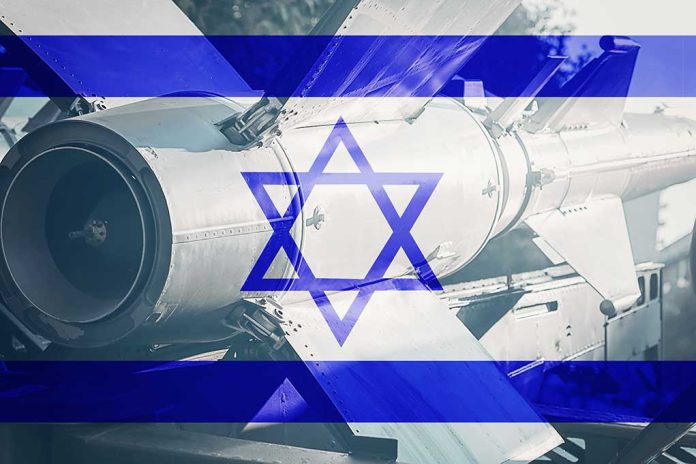
As tensions culminate between Israel and Hamas, Israel reconsiders the reoccupation of parts of Gaza, aiming to intensify pressure on Hamas for hostage negotiations.
Key Takeaways
- Israel has resumed military actions in Gaza, disrupting a ceasefire arrangement.
- The conflict has led to significant casualties, especially among women and children.
- Plans for a potential reoccupation of Gaza are backed by a U.S. proposal to encourage Palestinian emigration.
- The offensive is internationally criticized, potentially affecting regional relations.
- Hamas faces internal challenges, while the Palestinian Authority struggles with legitimacy.
Israel’s Military Strategy in Gaza
Israel has resumed military maneuvers in Gaza. Breaking a ceasefire, the Israeli military aims to reassert pressure on Hamas for the release of hostages. As part of the strategy, the Israeli Defense Forces (IDF) intends to occupy 25% of Gaza over the next few weeks. Despite the ongoing conflict, the humanitarian toll includes significant casualties among Palestinian civilians, pressing the need for humanitarian interventions.
As Israel increases its military presence, the international community remains vigilant about the geopolitical impacts, which could further destabilize relations with neighboring Arab states. The displacement of nearly two million Palestinian civilians is one concern, raising questions about the humanitarian zone’s effectiveness. Israel’s objectives remain clear regarding pressing Hamas to release more hostages and return the bodies of those deceased.
International Relations and Peace Proposals
Critics of Israel’s military strategy warn of potential setbacks in international relations. Several nations emerged with concerns over regional peace and stability. An Arab-backed peace plan insists on a transitional administration and potential disarmament of Hamas. The United States holds considerable sway, with Saudi Arabia heavily involved in driving diplomatic efforts toward President Trump’s administration.
The IDF issued alerts across southern Gaza, aligning with Israel’s strategy to broaden its border buffer zones. “The IDF is returning to intense operations to dismantle the capabilities of the terrorist organizations in these areas. For your safety, move immediately to the shelters in Al Mawasi,” reads an X post by Colonel Avichay Adraee.
Amid the military escalation, calls for negotiations persist but have yet to yield substantial progress. Without a political solution, the consequences of a potential reoccupation remain significant for Israel and possibly the United States, both politically and economically.
The Path Forward: Risks and Considerations
With military strategies dictating actions in Gaza, Israel faces heightened challenges in balancing tactical operations with broader strategic objectives. While some Israeli officials see reoccupation as a means for “voluntary departure,” others caution against an indefinite military presence. The framework of resolution, including proposed ceasefire plans and Arab peace strategies, hinges greatly on international diplomacy and collaborations.
The ongoing conflict’s humanitarian cost continues to escalate. Hostage negotiations and ceasefire agreements are vital to mitigate further risks. To move toward lasting peace, a comprehensive strategy that includes military actions and diplomatic engagement is imperative.





